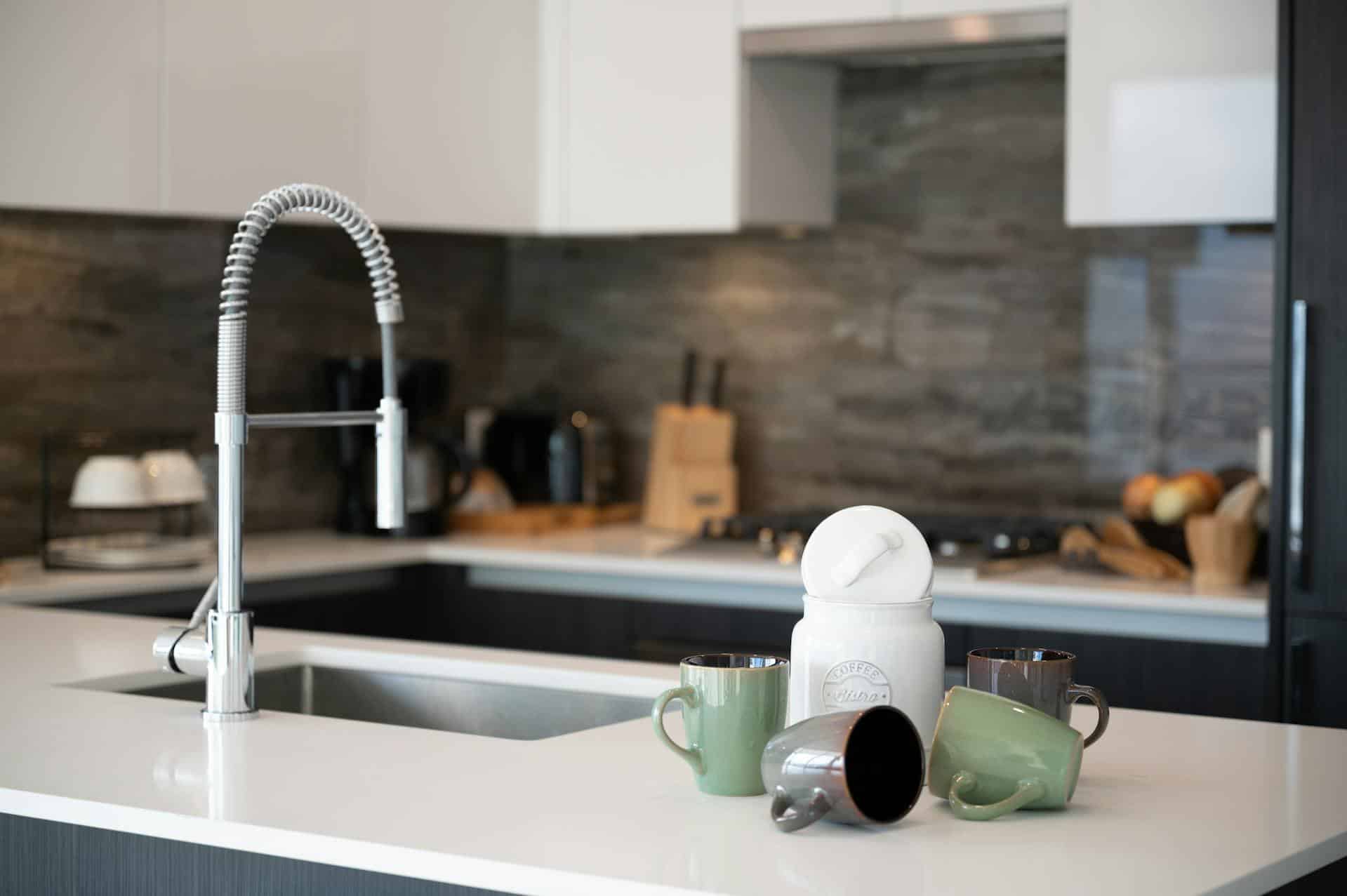
Question: What Size of P-Trap is Required for a Kitchen Sink?
Answer: The size of P-trap that is required for most kitchen sinks is a 1 1/2-inch P-trap. However, some larger sinks might require a 2-inch P-trap. Check your sink’s specifications.
Understanding Kitchen Sink P-Traps
A P-trap forms a crucial part of your kitchen sink’s plumbing. This U-shaped pipe, located under the sink, creates a water seal. This seal prevents sewer gases from entering your home. Choosing the correct P-trap size ensures proper drainage and prevents potential plumbing problems.
Standard P-Trap Sizes for Kitchen Sinks
Most kitchen sinks use a 1 1/2-inch P-trap. This size effectively handles the typical water flow from a kitchen sink. A 1 1/4-inch P-trap may suit smaller bar sinks or utility sinks with lower water volume. Larger sinks, such as those in commercial kitchens, might require larger P-traps, though this is less common in residential settings.
Click this link for more about Blue Kitchen Refacing
Related Article: Can You Have 2 P-Traps Under a Kitchen Sink?
Related Article: Why are Kitchen Taps So Expensive?
Materials Used for P-Traps
P-traps come in various materials, each with its own benefits.
PVC:
PVC is lightweight, cost-effective, and easy to install. It resists corrosion and works well for most kitchen sink installations.ABS:
ABS plastic offers similar benefits to PVC but is slightly more rigid. It is important to determine if your local codes allow this type of plastic.Metal:
Metal P-traps, like chrome-plated brass, provide durability and a more polished look. However, they can be more expensive and prone to corrosion over time.
Installing and Maintaining Your P-Trap
Proper installation ensures the P-trap functions effectively. Tighten all connections securely to prevent leaks, but avoid over-tightening, which can damage the components. Regular maintenance can prevent clogs and other issues. Periodically remove the P-trap to clean out debris. Running hot water down the drain after each use can also help prevent clogs. You can also flush your drain lines with baking soda and vinegar.
Troubleshooting Common P-Trap Issues
Several common problems can occur with P-traps:
Leaks:
Check connections for tightness. Replace any damaged or worn-out components. If the leak persists, consult a plumber.Clogs:
Remove the P-trap and clean out debris. Use a plumber’s snake to clear stubborn clogs further down the drain line.Sewer Gas Smell:
Ensure the P-trap is filled with water. If the water level is low, check for leaks or blockages in the vent pipe. Fill an unused sink with water to fill the p-trap if needed.
A properly functioning P-trap is essential for a healthy and hygienic kitchen. By understanding the correct size, materials, and maintenance requirements, you can keep your kitchen plumbing in good working order.
Considering Local Plumbing Codes
While the information provided here offers general guidelines, always consult your local plumbing codes before undertaking any plumbing work. These codes may specify particular requirements for P-trap sizes, materials, and installation procedures. Compliance with local codes ensures the safety and legality of your plumbing system. A permit may be required, and inspections might be necessary.
Conclusion
Choosing the correct P-trap size for your kitchen sink ensures efficient drainage and prevents unpleasant sewer gases from entering your home. While 1 1/2 inches represents the standard size for most kitchen sinks, other sizes may be necessary depending on the specific sink and plumbing configuration. Regular maintenance and prompt attention to any issues will help keep your P-trap functioning correctly for years to come. [ 1 ]
References
1. https://www.homedepot.com/c/ah/how-to-replace-a-sink-trap/9ba683603be9fa5395fab9073a2f1a5/

Blue Malue Get in touch with Blue here.
